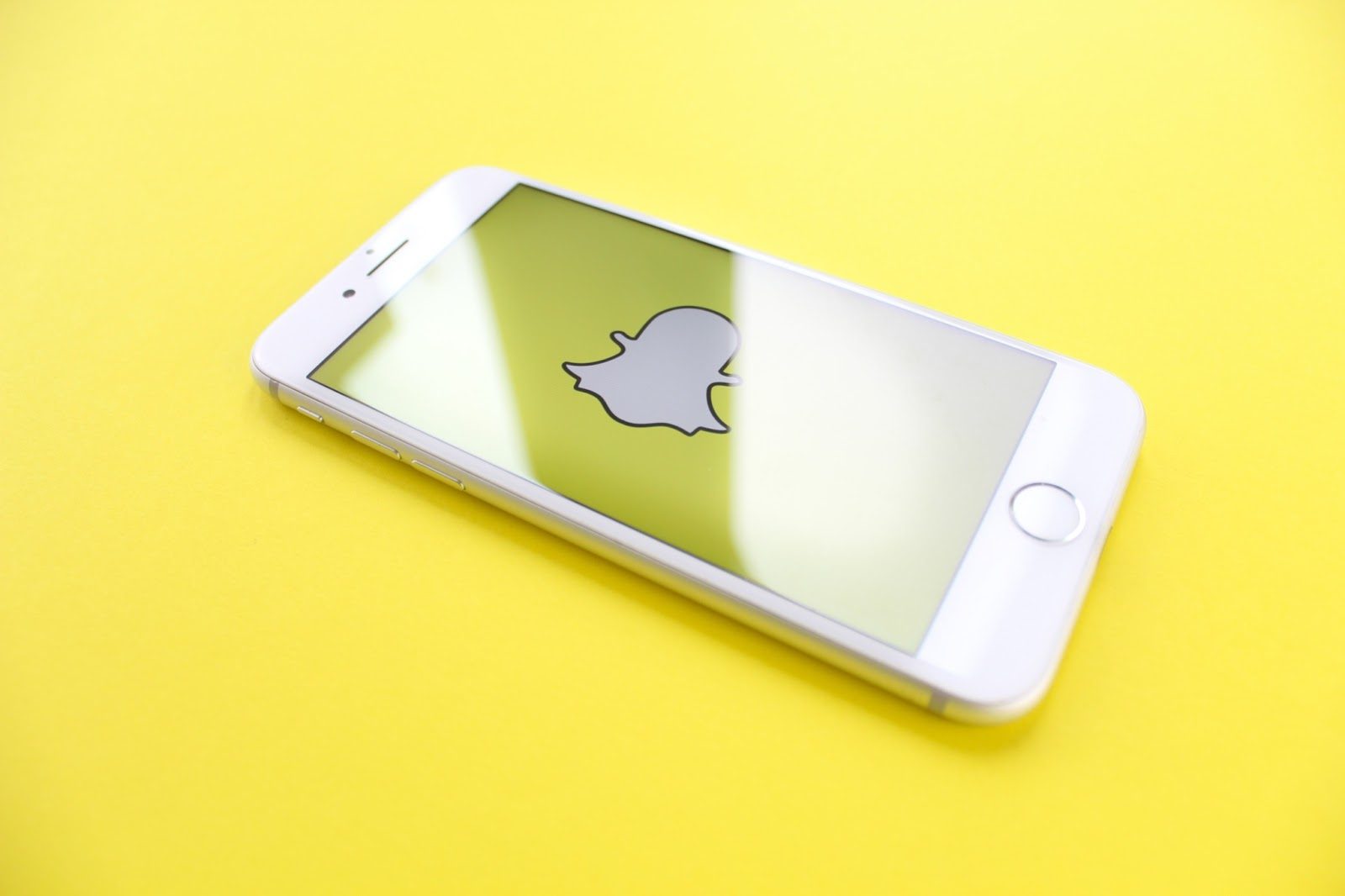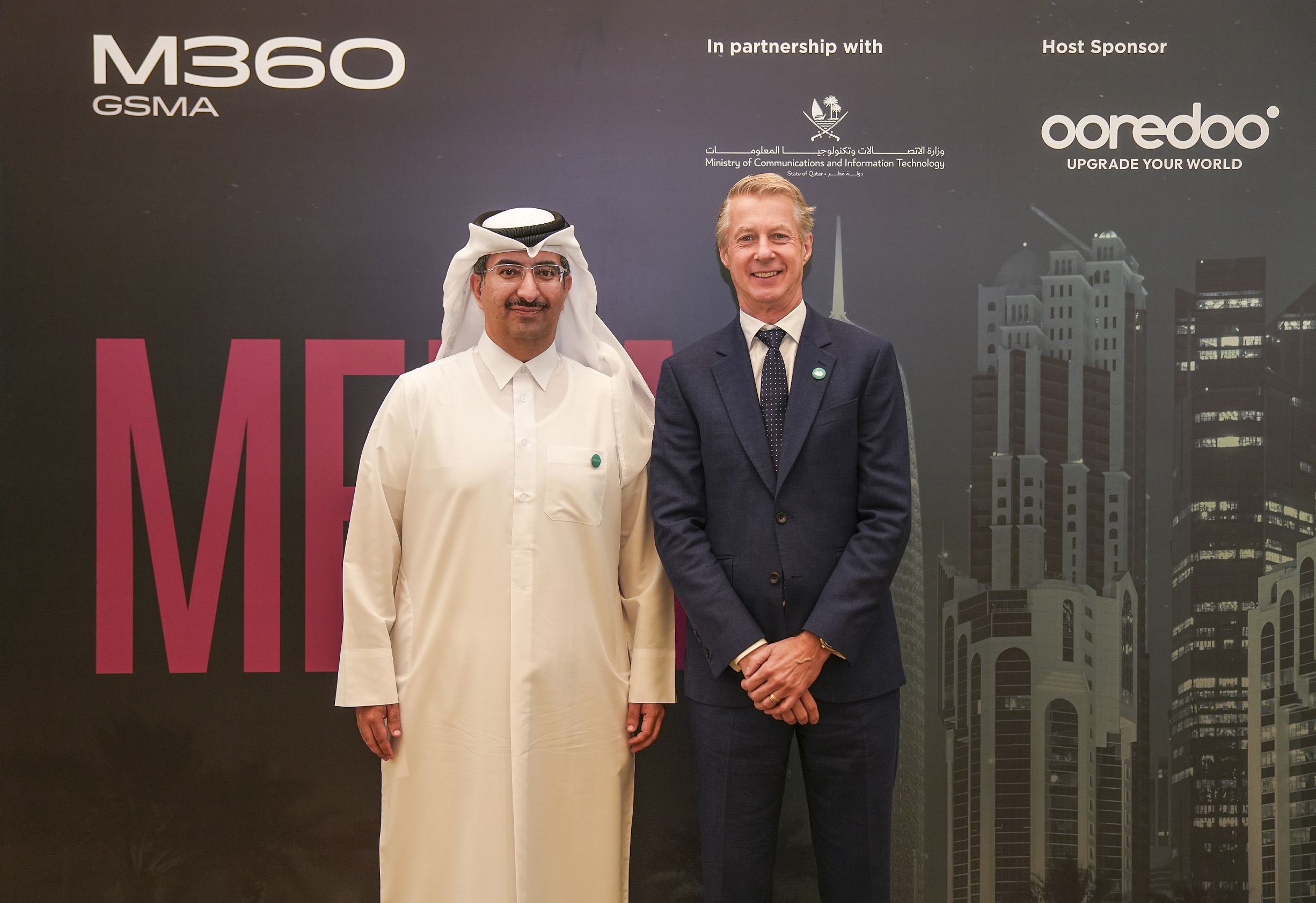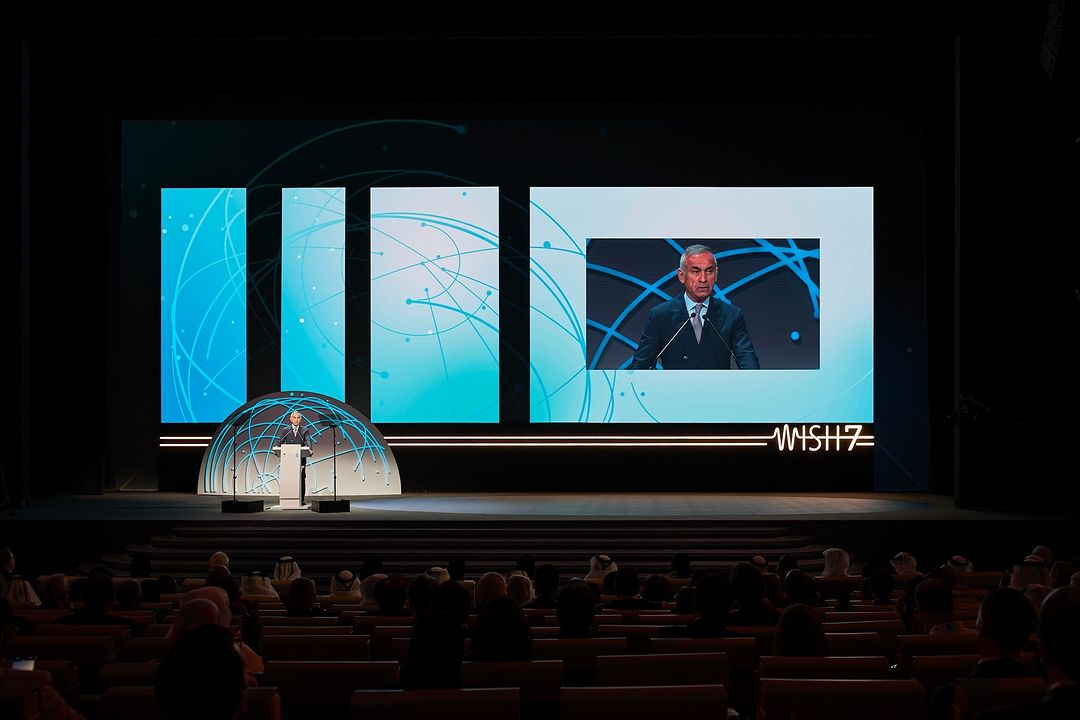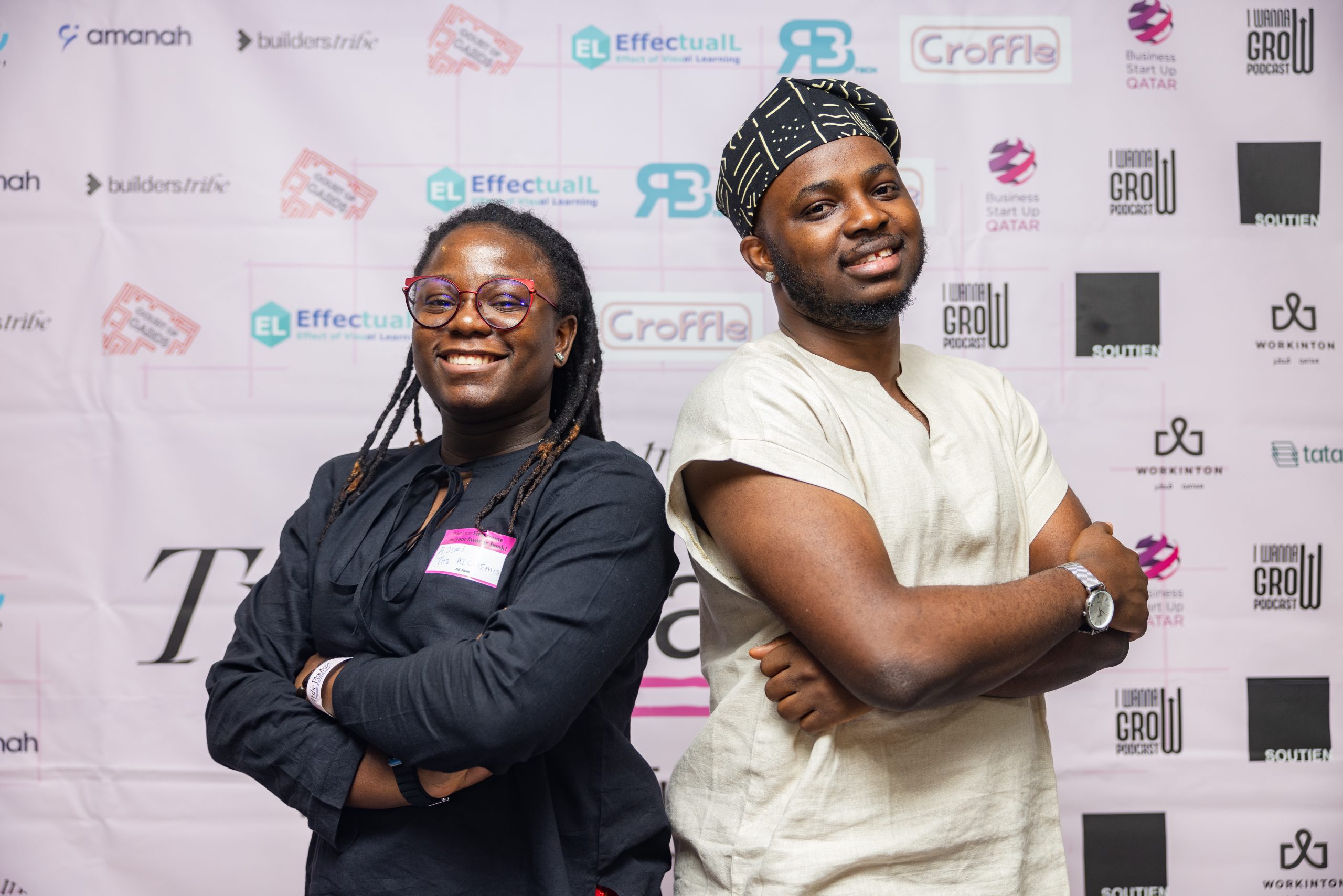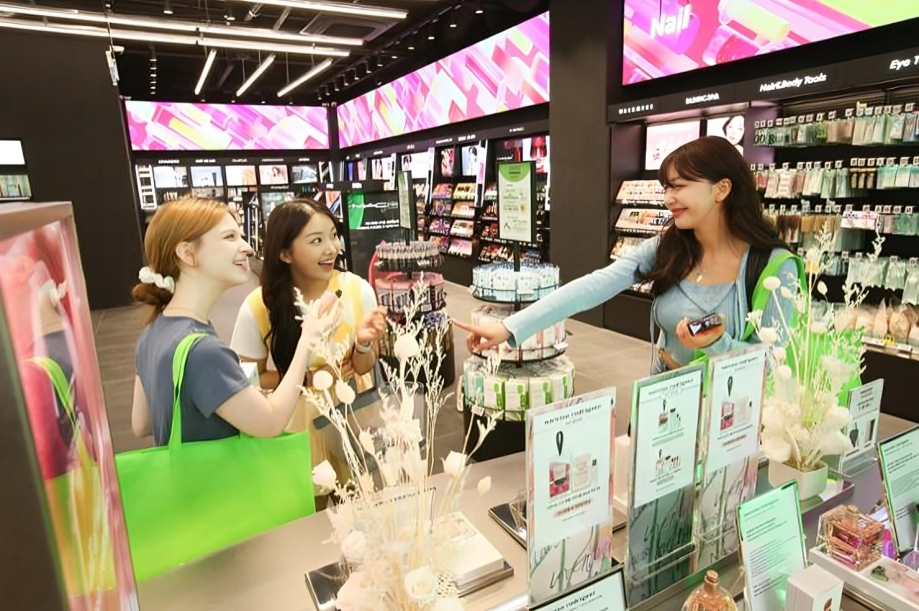Snapchat says the MENA region is one of the most important for the company.
In 2012, a few months after its launch, 25 pictures were shared on Snapchat every second. Now, almost 50,000 snaps are sent in the same duration. However, it was by no means an easy ride up to reach this milestone.
The social media app revolutionised online communication by combining cameras and social networks to create a uniquely personal experience.
Evan Spiegel, CEO of Snapchat, set out the company’s mission as a way to enable “communicating with the full range of human emotion — not just what appears to be pretty or perfect.”
How Snapchat maintained its relevance
In the past decade since its launch, Snapchat designed dozens of innovative experiences to fulfil this mission.
Snapchat Stories

Stories make it easy to share your life without having to disconnect from the moment. The medium soared in popularity due to its easy-to-use nature. It shares more of a user’s life than texting, and with significantly less effort.
Read also: Battle of short video apps: ‘YouTube Shorts’ unveiled as latest TikTok competitor
Despite being cloned by many apps, Snapchat maintained unique features in Stories such as multiple private stories, collaborative stories between friends, and more. However, despite these changes, Snapchat Stories have dropped in popularity.
Our Story
Snapchat boosted its popularity by launching Our Story, public collaborative stories that highlight the best snaps taken during certain events. The feature then began highlighting one country every day and promoting the best snaps taken during that time.
When Qatar and Saudi Arabia were selected for Our Story, millions turned to Snapchat to watch their hometown and people in Mecca, as well as to contribute to those stories. Later on, the company launched Snap Maps, allowing anyone to watch snaps from any region at any time.
Every ride comes with a setback
While Snapchat successfully rode the first wave of Stories, its competitors wanted a piece of the action – or in Facebook’s case, they wanted it all. In 2013, Facebook offered Snapchat $3 billion to acquire the company. Snapchat declined the acquisition.

“If we’re being honest with ourselves, this is the way the tech industry works and frankly it’s how all industries work. Good ideas start in one place, and they spread across the entire industry,” Weil said.
Read also: Instagram cracks down on online abuse with new feature
“Kudos to Snapchat for being the first to Stories, but it’s a format and it’s going to be adopted widely across a lot of different platforms,” he added.
When asked about this, Snapchat’s CEO Evan Spiegel described it as flattering, then went on to explain that traditional social media feels threatened and that Snapchat’s “values are hard to copy”.
Snapchat’s innovation continues
The company continued innovating, even when it seemed like all could be over for it. Snapchat released new face filters called lenses, allowed third-party creators to make their own using Lens Studio, and launched advertising opportunities that were unique to the platform.
Experiences such as sponsored face filters encouraged users to interact and share adverts to their friends rather than just skip through them. Augmented Reality (AR) ads allowed users to virtually try on products using their cameras before making a purchase, giving Snapchat a competitive edge over its competitors.
Another advantage that Snapchat had is its user base. It’s reported that 85% of the app’s daily active users in KSA interact with Snapchat’s lenses daily, encouraging advertisers to tap into Snapchat’s unique offering.
Snapchat’s success in the MENA region

According to a study commissioned by the company, Snapchat’s users in the MENA region are willing to spend 35% more on shoes and clothing than those that don’t use the app. This rises to 60% more for luxury items such as speciality drinks and shampoos.
A Snapchat user in the MENA region is willing to spend 60% more money on shampoo than a non-Snapchatter, figures show.
The Snapchat Generation was also found to be more likely to favour branded items including clothes with logos to showcase their personal identity.
Additionally, Snapchatters in the region are twice as likely as non-Snapchatters to say they’re using Augmented Reality for shopping more often this year than the previous year.
This makes Snapchat a lucrative market for brands looking to reach a target audience with a high disposable income and an eagerness to try new technologies inside the app.
Ounass, an e-commerce business in the Middle East, is often cited as an example of successful advertising on Snapchat. The company took advantage of Snapchat’s lenses in Ramadan to create a highly relevant experience specifically tailored for the region. According to Snapchat, the lens provided the company with an 8.7x return on its investment.
Another element contributing to Snapchat’s success in the region is that the Snapchat Generation favours close personal connections. When asked what things they can’t go a day without, the top answers were:
- Talking to parents/family
- Going on social communications/camera apps
- Talking to friends
This highlights Snapchat’s users’ willingness for close communication as opposed to public interactions on platforms such as Instagram. While influencers in most regions of the world use Instagram to connect with their audience, Snapchat tends to be popular among influencers in the region.
It’s reported that Snapchat is used by 90% of 13-34 year-olds in Saudi Arabia and that Snapchat Discover is watched more every day than the top ten TV channels in the country. It’s expected that Snapchat experiences slightly lower but similar levels of success in Qatar too.
Read also: Qatar’s first electronics manufacturer to produce laptops, smart watches and phones
Snapchat has proven itself to be a resilient company that’s willing to find innovative solutions to some incredibly difficult setbacks.
The company is now valued at over $60 billion, 20 times more than what Facebook intended to pay for it several years ago. Its success in the MENA region certainly plays a role in its ongoing quest to be our go-to app for personal communication.
Do you frequently use Snapchat, or has Instagram won you over? Share with us in the comments.
Follow Doha News on Twitter, Instagram, Facebook and Youtube

